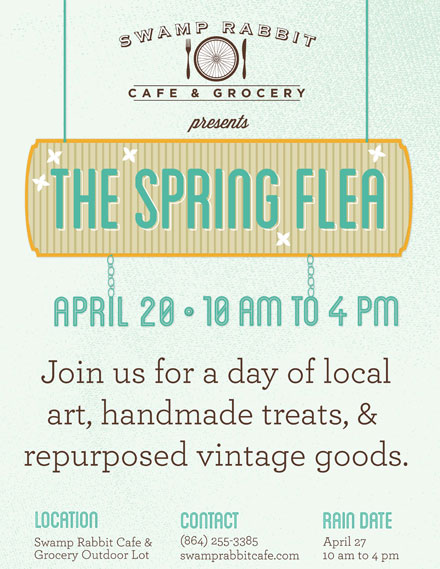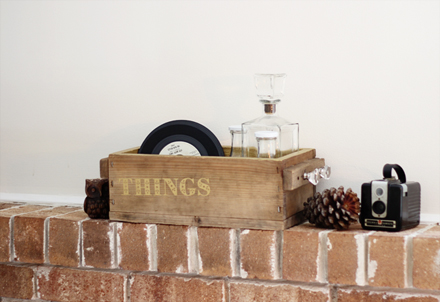It's time for another Etsy Global Craft Party, this time hosted by our local South Carolina Etsy Team!
If you aren't familiar with the Global Craft Party idea, the goal is to get people around the world making things 'together'. This year's party is happening next week, on June 20, from 6-8pm.
Etsy explains the idea for us: In a nutshell, Craft Party is a celebration of meeting and making, of creativity and community. It’s a time to meet your neighbors and share a creative skill. It’s a time to have fun and party down with your favorite craft supply in hand.
Our local Etsy Team will be hosting next week's party, and if you have an Etsy shop or are thinking about setting one up, you'll want to meet the ladies behind the team! Not only can they answer your Etsy questions, they regularly post helpful resources and links in the Etsy Discussion Forums, so be sure to check them out.
They describe the Greenville Etsy Craft Party as: a casual get-together where you can bring your own craft(s) to work on with other local crafty peeps! We'll also have a craft supply swap (bring some supplies to trade/leave in order to take some new ones home) and shop critiques at the Greenville event!
Here are the details:
Date: June 20, 2013 Time: 6-8 pm Place: Oriskany Glass Studio, 1112 Rutherford Rd Bring: your own craft to work on, craft supplies for trading RSVP here.
The good news is that even if you're not in the area, chances are there's still an Etsy Craft Party near you. Visit the Craft Party site to find your local party!













































































